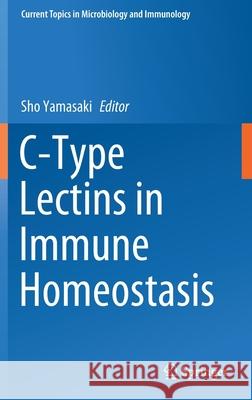C-Type Lectins in Immune Homeostasis » książka
topmenu
C-Type Lectins in Immune Homeostasis
ISBN-13: 9783030622367 / Angielski / Twarda / 2020 / 203 str.
C-Type Lectins in Immune Homeostasis
ISBN-13: 9783030622367 / Angielski / Twarda / 2020 / 203 str.
cena 664,51 zł
(netto: 632,87 VAT: 5%)
Najniższa cena z 30 dni: 655,41 zł
(netto: 632,87 VAT: 5%)
Najniższa cena z 30 dni: 655,41 zł
Termin realizacji zamówienia:
ok. 20 dni roboczych.
ok. 20 dni roboczych.
Darmowa dostawa!
Kategorie BISAC:
Wydawca:
Springer
Seria wydawnicza:
Język:
Angielski
ISBN-13:
9783030622367
Rok wydania:
2020
Wydanie:
2020
Numer serii:
000195728
Ilość stron:
203
Waga:
0.47 kg
Wymiary:
23.39 x 15.6 x 1.27
Oprawa:
Twarda
Wolumenów:
01
Dodatkowe informacje:
Wydanie ilustrowane











